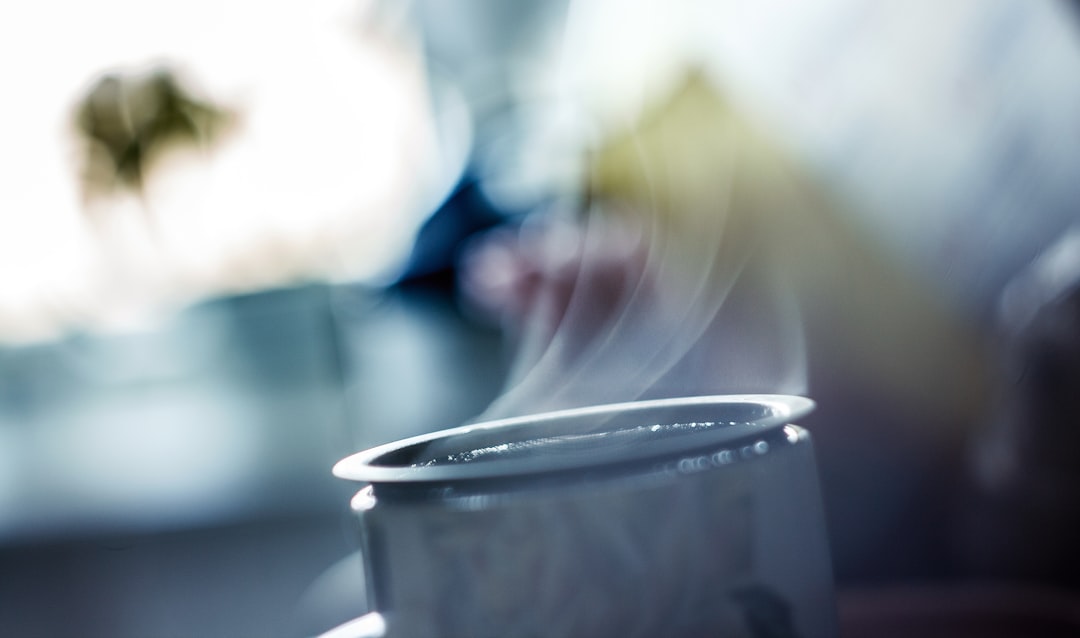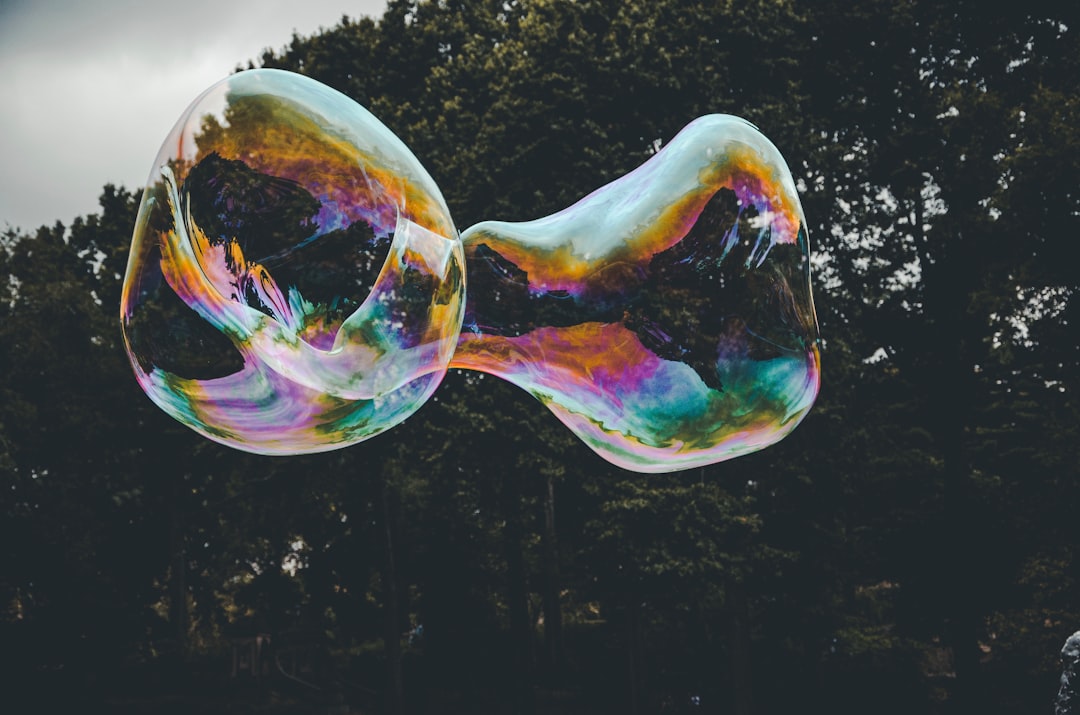What is it about?
4-aminoimidazole-5-carbonitrile (AICN) was suggested to be a prebiotically plausible precursor of purine nucleobases and nucleotides. AICN can be formed in a series of photoreactions. Thus, it's UV-resistance is a very important issue in tracking the origins of RNA and DNA. In this work, we discuss the mechanisms of the photostability of this molecule based on state-of-the-art quantum chemical calculations. In particular, we show how water solution could affect its photostability.
Featured Image
Why is it important?
We present a reaction channel that could explain the photochemistry of πσ* states (present in other molecules too) in water solution. This mechanism is initiated by excited-state electron transfer from the chromophore to solvent. After that, several subsequent proton transfers from photo-excited AICN towards the hydrated electron enable the relaxation to the the ground state. Nearby water molecules may act as bridges for proton relay. Most importantly - the reaction is practically barrierless!
Read the Original
This page is a summary of: Solvent effects on the photochemistry of 4-aminoimidazole-5-carbonitrile, a prebiotically plausible precursor of purines, Physical Chemistry Chemical Physics, January 2014, Royal Society of Chemistry,
DOI: 10.1039/c4cp02074j.
You can read the full text:
Resources
Contributors
The following have contributed to this page










